A short one and half hour flight from Delhi finds you in Varanasi and seemingly a world away. To first ease into the chaos and history of the city, a short day trip to nearby Sarnath is a must. For anyone remotely interested in Buddhism and its origins, Sarnath is where the Buddha arrived after attaining enlightenment and preached his first sermon to his five disciples. The area continued to be an active area for Buddhism until the 12th Century with many sects touting centers of learning and flourished under the patronage of kings and wealthy merchants. The area was then invaded by Muslims and plundered. Sarnath Temple was reconstructed in the 1930s and features beautiful murals inside showing Buddha’s journey to enlightenment. There are numerous ruins nearby and it is suggested to take a guided walk to better understand the history of this ancient religion.
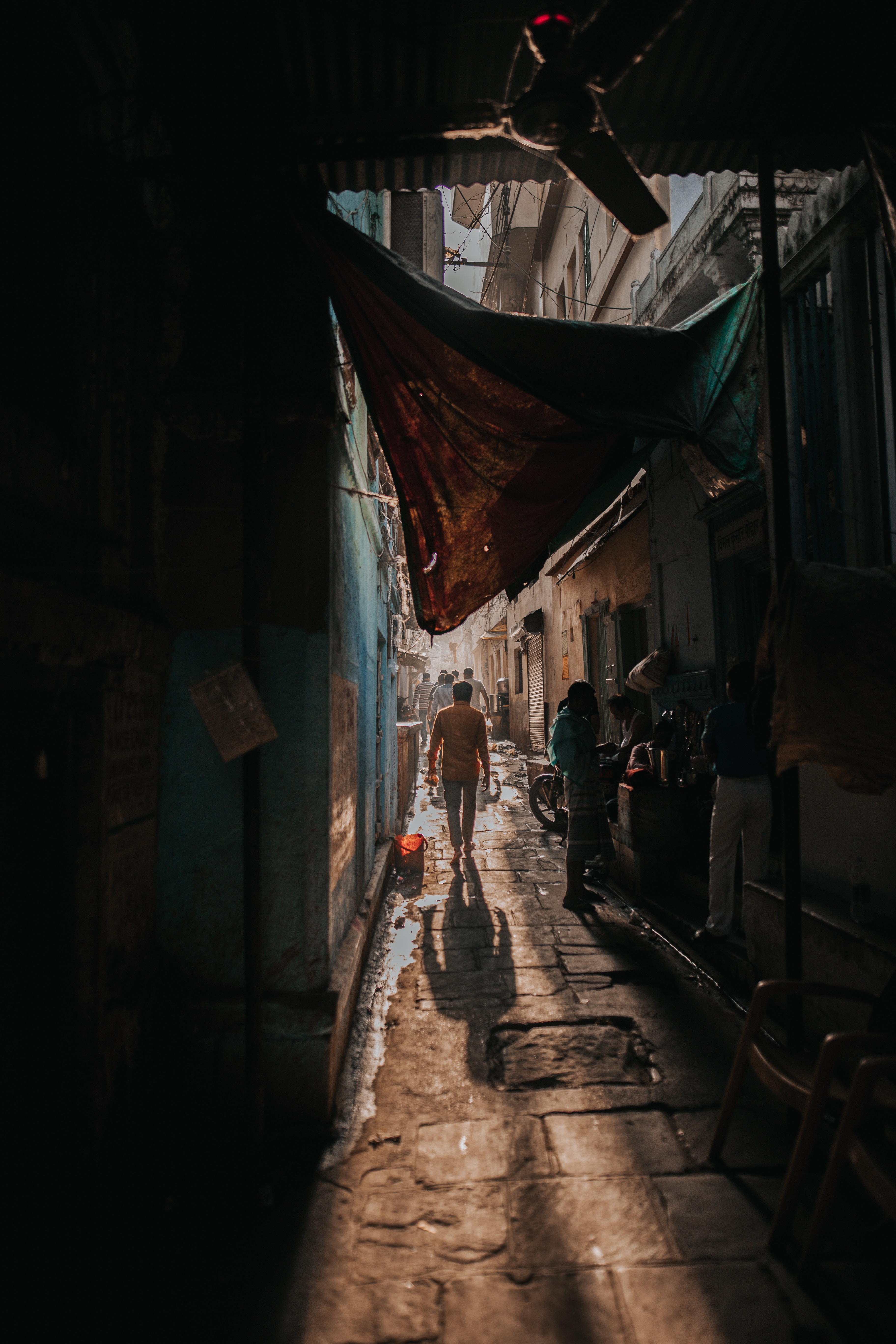
(Thomas Young)
Just over 5 miles away is Varanasi, also known as the soul of India or Kashi, “the city of light” and arguably the oldest living city in the world. It has been a pinnacle of learning for centuries and is deeply rooted in its ancient history. It was repeatedly destroyed by Muslims multiple times and then continually rebuilt from the rubble. The Ganges River flows through the city and is deemed sacred by Hindus, so masses of worshipers can always be found at its banks. All Hindus wish to dip in its waters in order to achieve purity.

(Nimish Chauhan)
To get a feel for the city, take a local trishaw ride through the main streets; your driver will know how to deftly maneuver the chaos of traffic including motorbikes, buses, cars and meandering cows. For an even deeper dive, venture out on a guided walk through the narrow alleys of the city. This exploration is not for the faint of heart as it can be dirty, dingy and crowded. Good walking shoes are a must and be sure to look where you step so as to avoid waste and uneven pathways. Yet these alleys are where life truly happens, and you can find monkeys jumping from roofs, store owners selling clothing, toys, gifts and household items, as well as small food counters. Try stopping at a local shop, which should be vetted by your guide first, and do as the locals do- try chewing paan, a mix of areca nut, betel leaf, lime paste, grated coconut and spices (there are other versions that have tobacco). The tradition of chewing paan is deeply rooted in India and is a part of a sacred Hindu rite as it was offered to deities and at special ceremonies such as weddings.
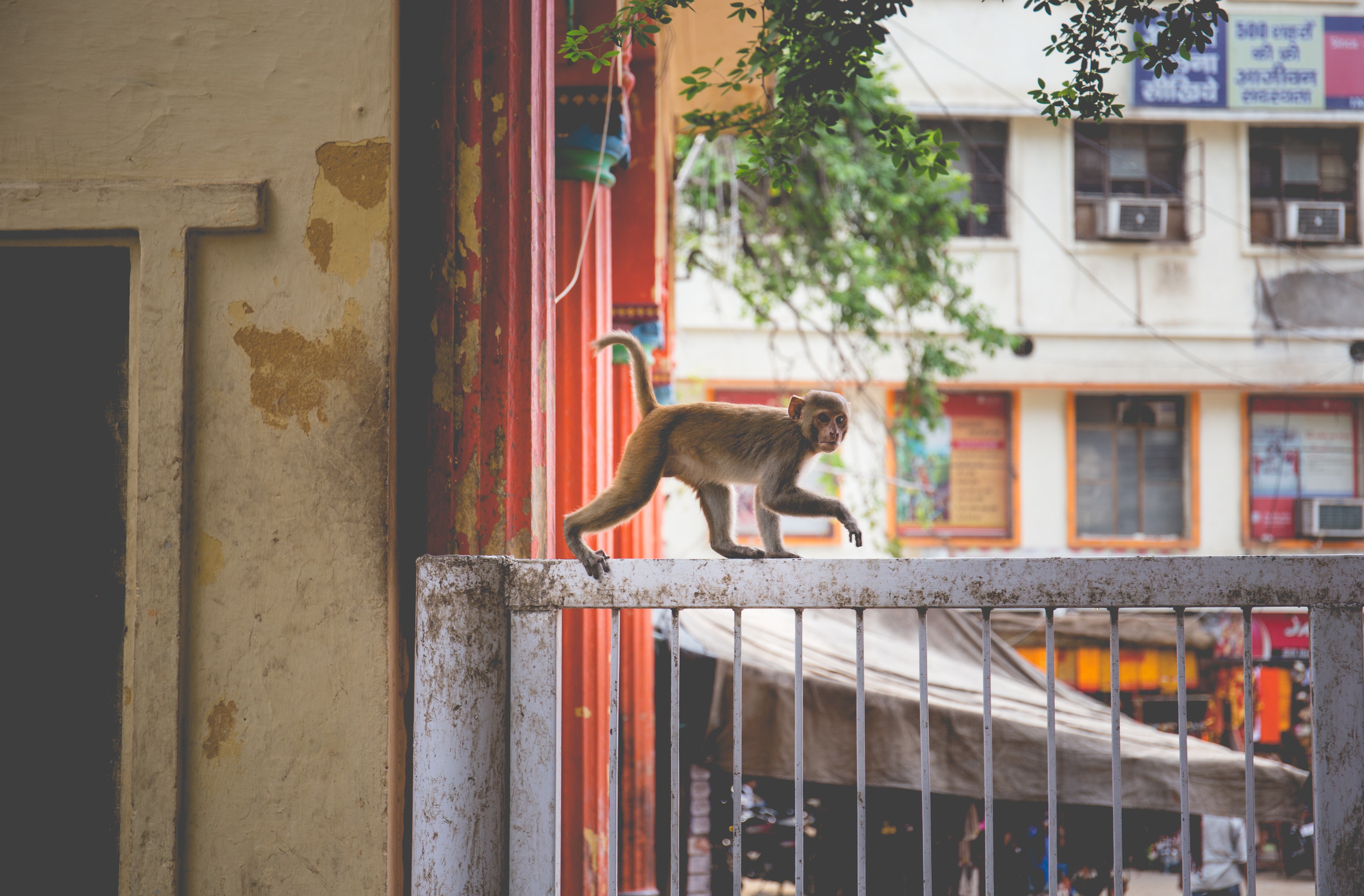
(Dil)
After seeing Varanasi through it’s streets and alleys, hop a boat ride on The Ganges for a different and more peaceful perspective. Dusk is a lovely time for this excursion as you see the action on the banks. As one of the holiest cities in India, many Hindus hope to die here as it is believed by having their ashes scattered here, the person will reach Nirvana (also known as moksha). The deceased are burned at designated ghats (stairways leading down to the river) in a ceremony where their bodies are rubbed with ghee, wrapped in a white cloth, and a priest performs rituals before the ashes are thrown in The Ganges. The burning pyres on the designated ghats are working 24 hours a day, every day, as there is such a high demand for these services in Varanasi. Many older Hindus will actually move to Varanasi before they die to ensure they will be cremated here. The atmosphere around the city is not a melancholy one of death but a chaotic, lively one that views death as the passing on to a new stage and shedding of a well used body.
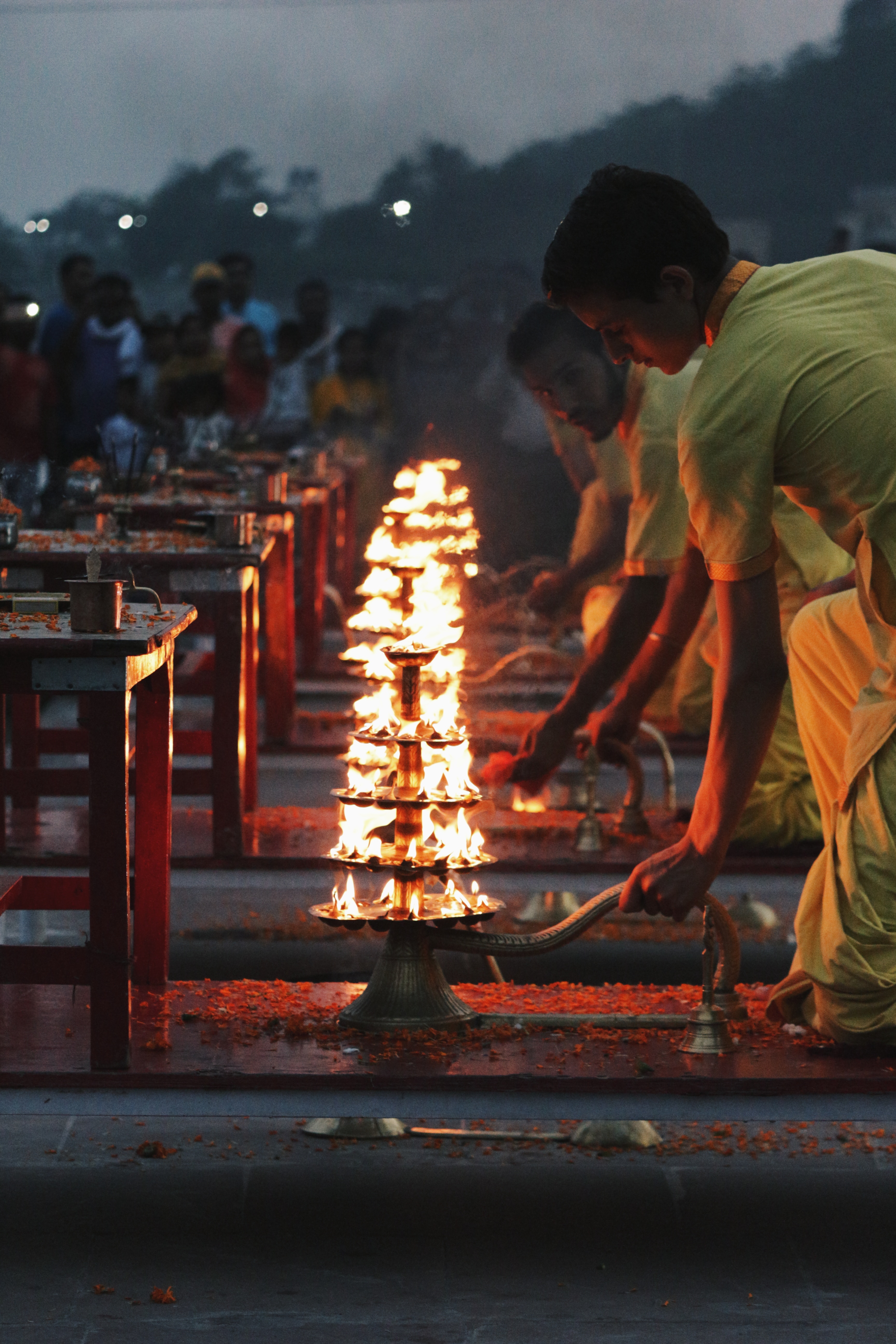
Every evening on the banks of Ganges, thousands of people gather to see the holy prayer (aarti) commence, the advancing darkness of dusk is daunted by the light from thousands of lamps which provide hope for a brighter day tommorow. (Shrey Khurana)
Another unique experience is attending a nightly Aarti Ceremony on the banks of The Ganges. Aarti is a Sanskrit word for homage or devotion. The aarti or offering of lamps is observed to invoke the gods. It is believed that the gods physically present themselves before devotees at this ceremony. Lamps are lifted and moved before the idol in a dance-like clockwise manner along with the chanting of hymns which is accompanied by drums, blowing of the conch-shell and the use of temple bells. This is a deeply moving event to witness as devotion is paid to Shiva and other important gods.
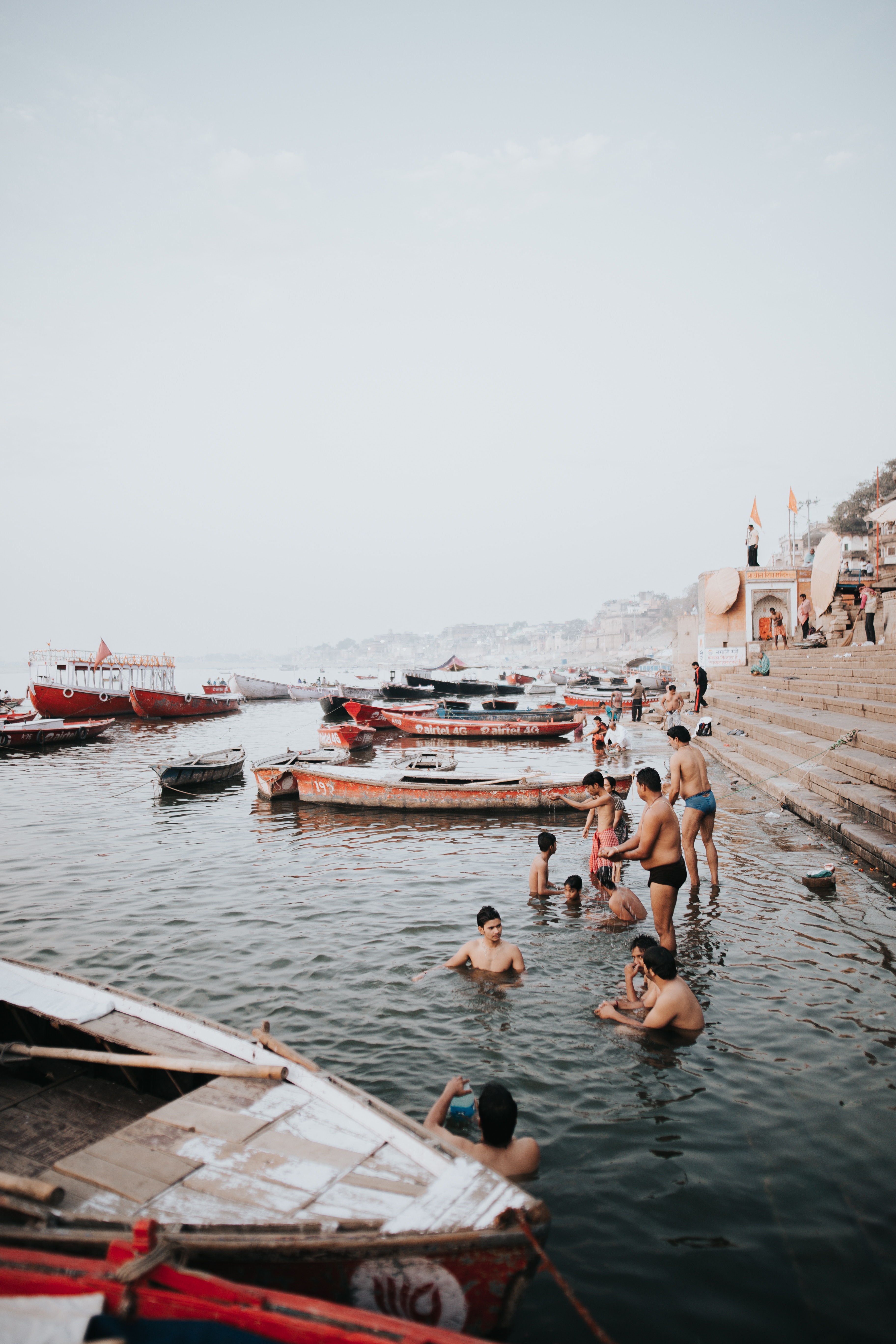
According to their Hindu beliefs, if you bathe in this water all your sins will wash away. You will be able to depart from the cycle of life upon death and attain Moksh. For the residence of Varanasi, bathing in the sacred water is a daily ritual. I have been repeatedly impressed by the passionate dedication displayed by many Indians. Life without passion is monochromatic. (Thomas Young)
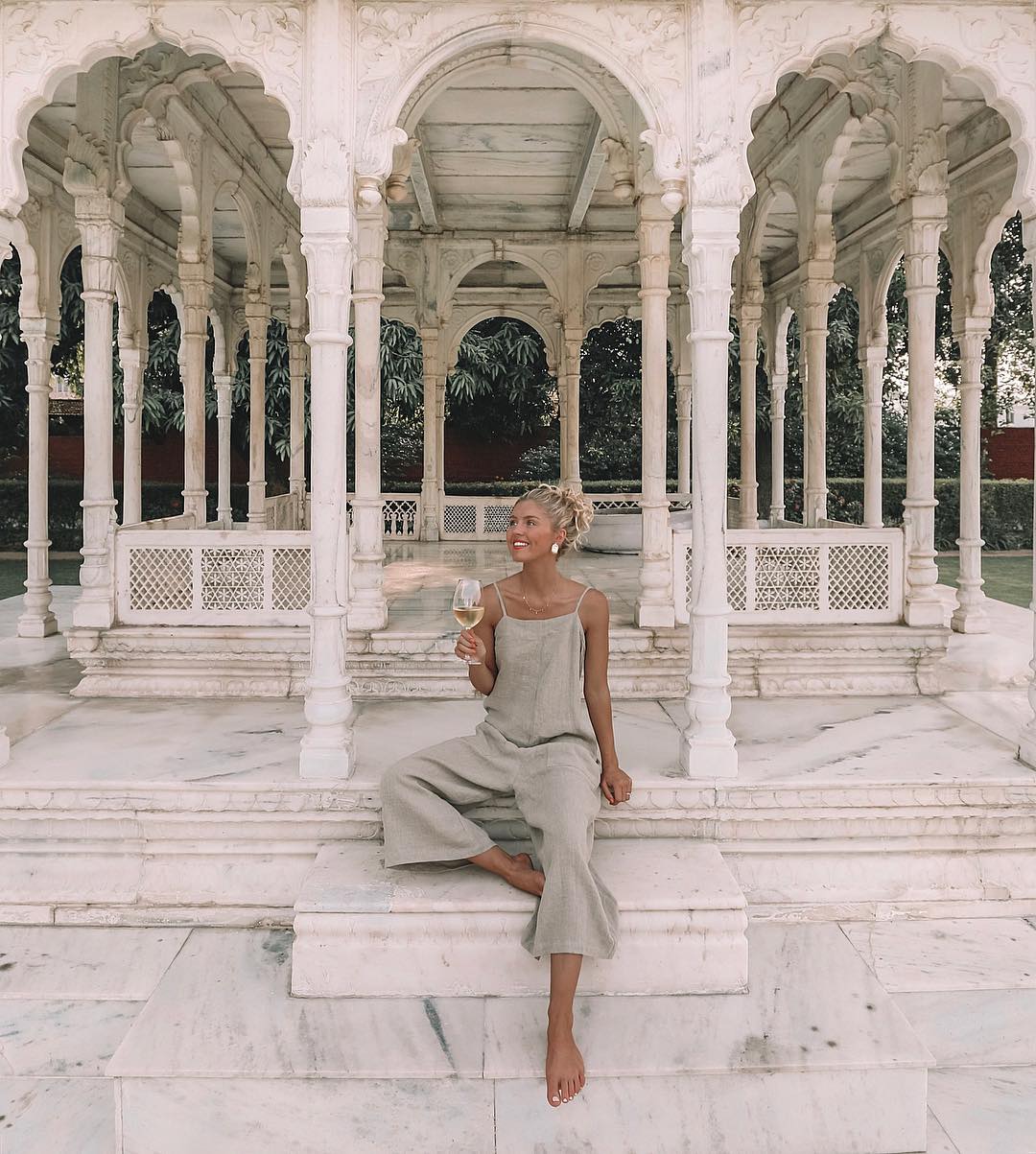
(Courtesy of Elise Cook)

(Courtesy of Moo Piyasombatkul)
After exploring such an action packed and overwhelming city, it’s advised to find a hotel that offers a bit of peaceful respite. Two of the most beautiful options in the area are the five-star Nadesar Palace and Brijrama Palace. Nadesar is a Taj Hotels property, located a few minutes outside the city. With only 10 rooms, it’s a stunning and personalized getaway. Be sure to carve out some time to lounge at the pool where you might see peacocks or take a carriage ride around the grounds to view the fruit trees. The rooms are spacious and each have a history with a royal or celebrity who has previously stayed there. The food incorporates the heritage of Varanasi and the royal past of the palace. Don’t miss the spiced omelet for breakfast.

(Courtesy of Brijrama)
Brijrama Palace is located right on its own ghat on the banks of The Ganges. It was built in 18th century by the Royal house of Nagpur and is one of the oldest structures in Varanasi. The property boasts a lovely fine dining vegetarian restaurant. To wind down after watching boats passing from the rooftop, there can be evening performances such as a classical sitar player strumming in the lounge.
Feature photo by Frank Holleman.

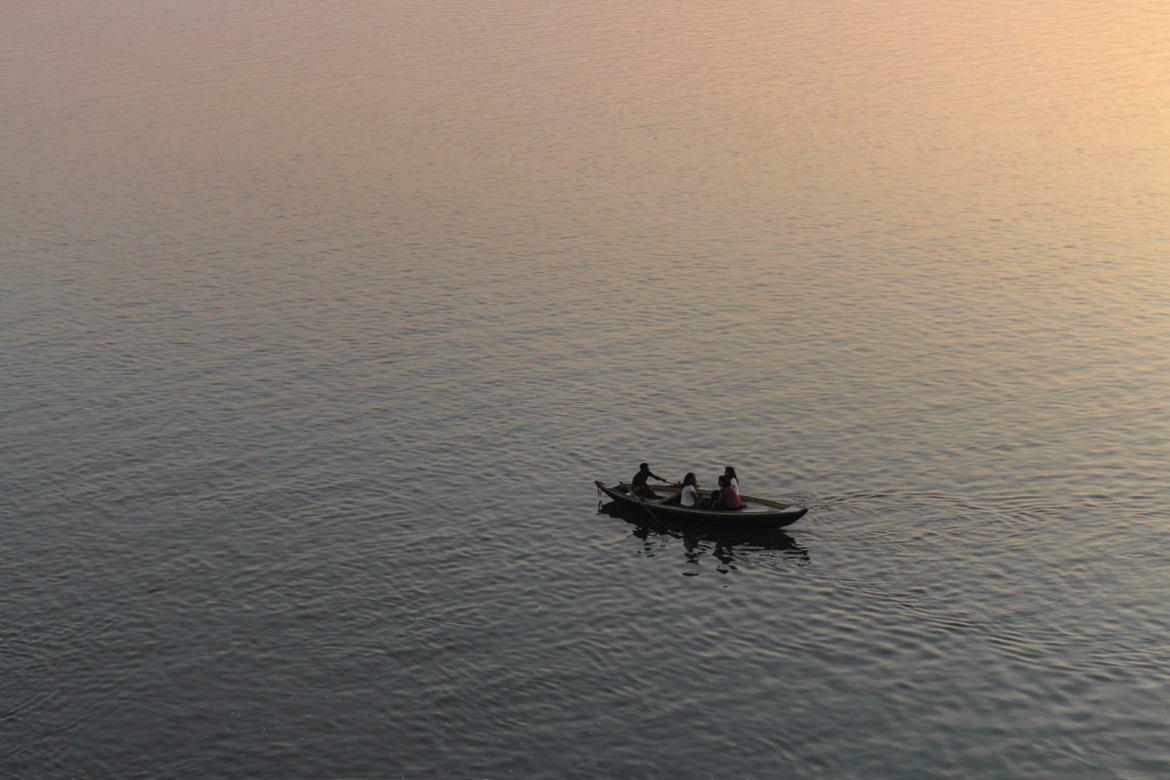





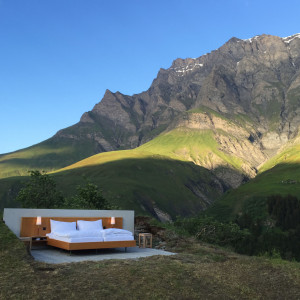

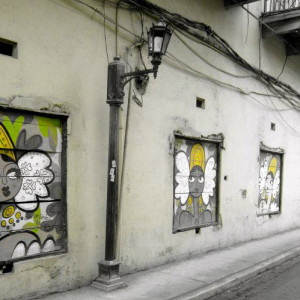

Leave a reply